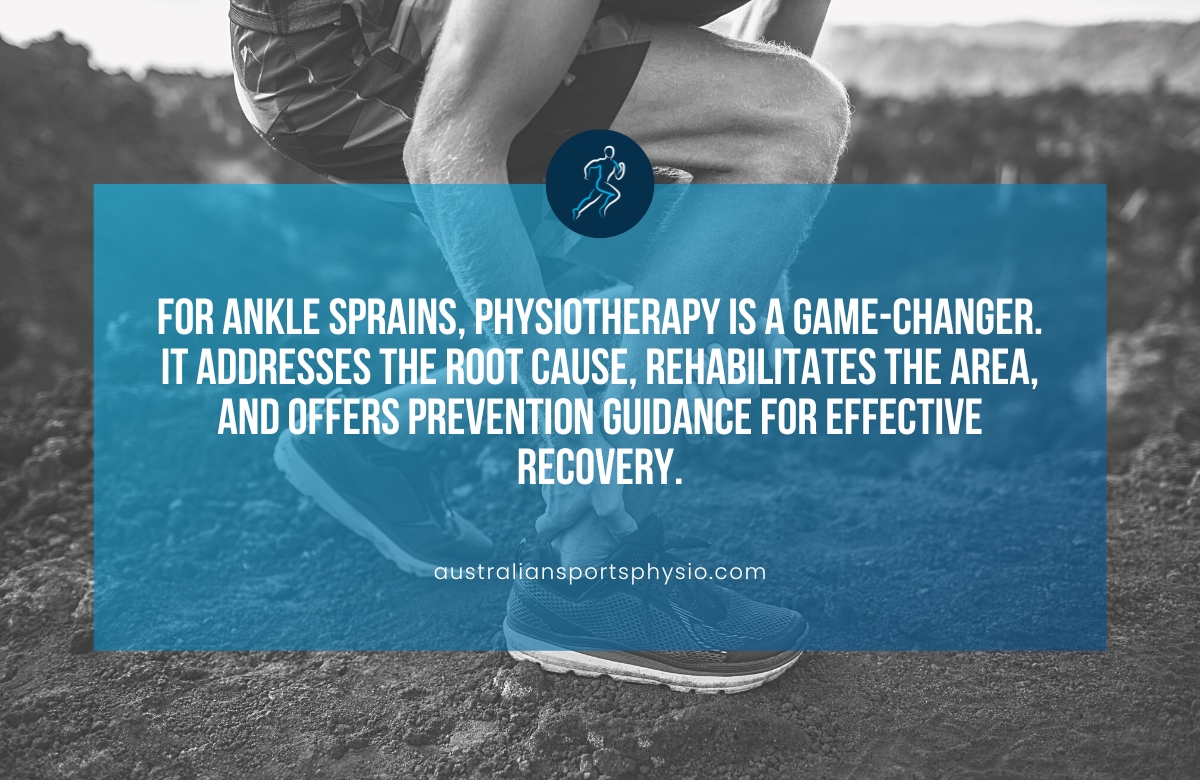Have you recently sprained your ankle? It can be a painful and frustrating experience, but with the proper treatment, you can recover quickly and get back on your feet. Physiotherapy is a highly effective treatment option for ankle sprains, helping to reduce pain, improve mobility, and prevent future injuries.
Ankle sprains are among the most common injuries, affecting people of all ages and activity levels. Whether you twisted your ankle during a sports activity or simply walking down the stairs, seeking proper treatment is essential to avoid long-term complications.
Physiotherapy treatment for ankle sprains focuses on addressing the underlying causes of the injury and promoting healing. By targeting specific exercises, manual therapy techniques, and other modalities, physiotherapists can help you regain strength, stability, and flexibility in your ankle, allowing you to return to normal activities as soon as possible. If you’re looking for an effective and holistic approach to treating your ankle sprain, physiotherapy may be the solution you’ve been searching for.
What are ankle sprains?
Sometimes, your ankle can get sprained if you accidentally turn it awkwardly. This can cause the ligaments in your ankle to tear either partially or entirely. These ligaments are essential because they help stabilise your ankle joint and prevent it from moving too much.
A sprained ankle happens when these ligaments are stretched beyond their normal range of motion. Usually, ankle sprains occur when the ligaments on the outer side of the ankle are injured.
Ankle sprains can cause swelling, bruising, discomfort, restricted range of motion, or difficulty weight-bearing, depending on their severity.
Sustaining a severe ankle sprain can weaken the affected area, which in turn can significantly increase the likelihood of experiencing further injuries. If left untreated or not given sufficient time to properly heal, repeated sprains can result in chronic discomfort and potentially even the development of arthritis.
The instability caused by multiple sprains can further compound the problem and make achieving a full and lasting recovery even more challenging.
Different types of ankle sprains
Lateral ankle sprains
They typically entail an inversion of the ankle joint, i.e. rolling onto the outside of your foot (injury mechanism can also result in an injured foot). There may be acute discomfort and swelling, with bruising developing later.
A common rule of thumb is that the more swelling and subsequent bruising, the more tissue trauma there is. Audible pops occasionally occur but are not usually indicators of a severe problem.
In general, weight-bearing will be painful immediately following and for the first few days. Additionally, there is usually a decrease in the range of motion at the ankle joint and edema.
Medial ankle sprains
A medial ankle sprain is typically caused by stomping on someone’s foot, which stresses the inner ankle ligaments.
High ankle sprains
Forceful eversion and dorsiflexion involving the ligaments between the tibia and fibula can induce this kind of ankle strain. High ankle and medial sprains are less prevalent than lateral ligament sprains and are more common in athletes.
These sprains are distinguishable from lateral ankle sprains by reduced edema, inability to bear weight and method of injury.
Common symptoms of ankle sprains
- Hearing a “pop” or a “crack” during an injury
- Standing and walking cause immediate pain
- A restricted range of motion
- Ongoing discomfort
- Touch sensitivity
- Swelling
- Bruising
- Instability
Physiotherapy for ankle sprains
When treating ankle sprains, physiotherapy often involves a short period of immobilisation and rest to reduce swelling and prevent further injury. In the early stages, physiotherapy usually includes exercises to improve range of motion and strengthen the muscles around the ankle. Additionally, your physiotherapist may promote the use of ice, manual therapy or dry needling to improve your range of motion and decrease swelling during this initial phase.
As your range and strength improve during rehabilitation, we will introduce balance retraining activities. The final stages of your recovery will focus on strengthening and balancing exercises to help you return to your pre-injury activities.
Poor balance can increase the risk of future ankle sprains and ongoing ankle instability. That’s why balance training is a crucial part of ankle rehabilitation. Once you’re no longer experiencing pain, we’ll start with basic single-leg balancing exercises and gradually progress to more advanced exercises that involve quick twists or cutting movements needed for sports.
The treatment program recommended by your physiotherapist will typically last 4 weeks for minor sprains and up to 12 weeks for more severe sprains.

Final thoughts on physiotherapy for ankle sprains
When it comes to ankle sprains, physiotherapy treatment is a game-changer. By addressing the root cause of the injury, rehabilitating the affected area, and providing guidance on prevention, physiotherapy offers a comprehensive and effective approach to recovery.
Don’t let an ankle sprain hold you back – seek out the expertise of one of our physiotherapists and get back on your feet stronger than ever!









